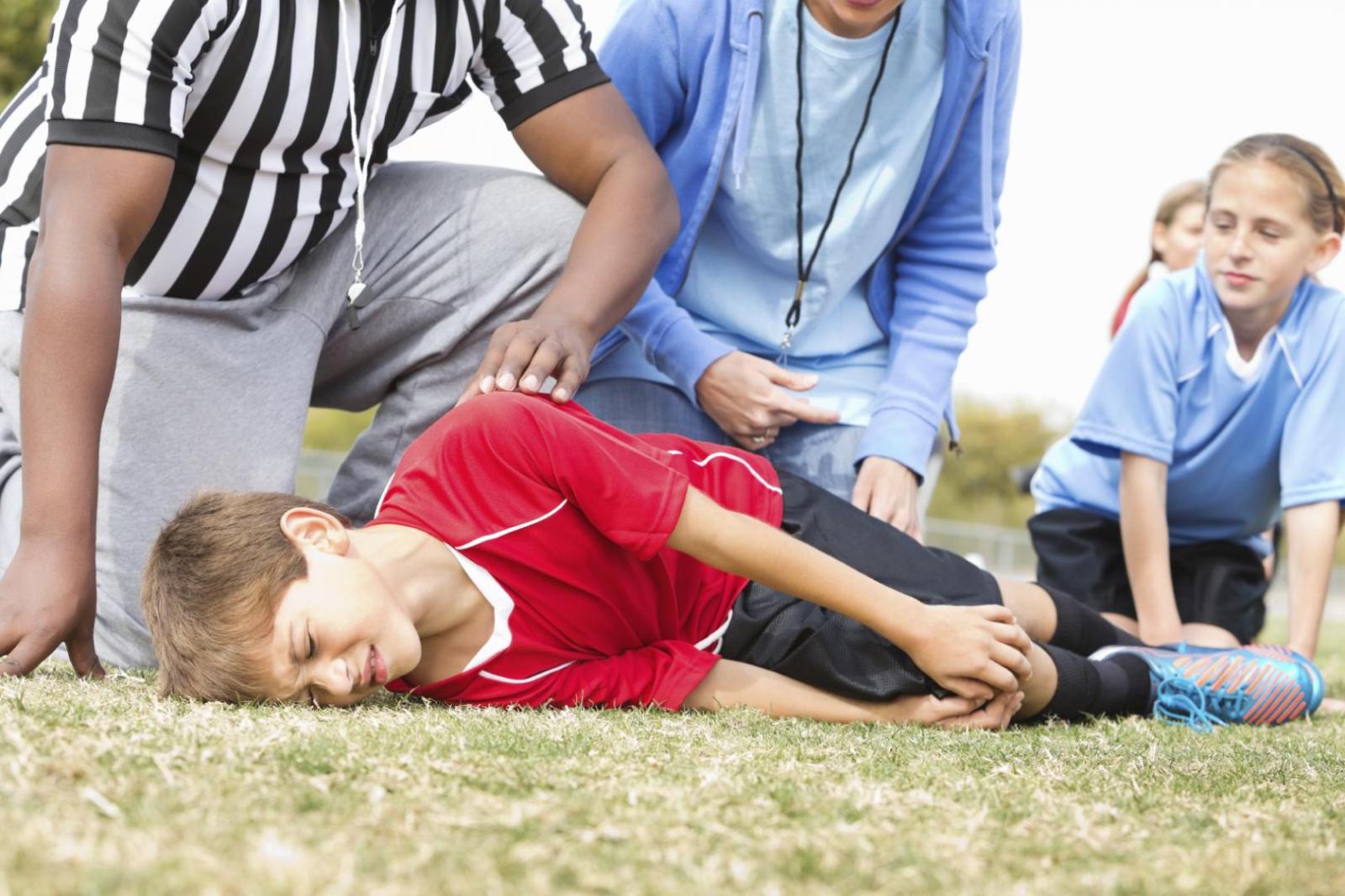Action on Child Safety

Call for continued exchange among child safety practitioners
On the 14th of October 2015, EuroSafe organised in Milan its annual conference around the important issue of child injury prevention in collaboration with the European Public Health Association (EUPHA) and the European Child Safety Alliance. The seminar addressed issues such as ‘how we can promote a wider uptake of good practices’, ‘how to reach new parents and the disadvantaged families’ and ‘how the injury issue is being monitored nationally and local level’.
The conference was well attended by 60 delegates from across Europe. Despite the lack of political leadership and funding, delegates were upbeat and presentations demonstrated tremendous amounts of successful work.
As today there is little engagement from European politicians or the European Commission in child safety, every injury prevention practitioner, is struggling to maintain funding. On the upside, this might be a function of success over the past few decades because injury rates, especially in eastern European countries, continue to fall.
The quality and amount of injury data across Europe is improving owing to the European Injury Database co-ordinated by EuroSafe, but still patchy in a number of countries. In Graz, Austria, there is a superb system in child injuries because of the enthusiasm of paediatricians. The UK restrictive rules on patient confidentiality prevents data from other regions than Wales from being uploaded to the European Union Injury Database (EUIDB).
Speakers at the seminar presented national and regional programmes for child injury prevention and their impact in terms of enhanced awareness and behaviour of parents. For instance, the Safe Children Community in Austria’s Styria region (population 1.2 million) has identified that 82% of child injuries are related to home/leisure/sport. The Safe Community has achieved a 7.2% reduction in injuries compared with a 4.6% increase in injuries in the ‘control’ community. In economic terms, 640 fewer injuries equate to a reduction in treatment costs of 546k Euros compared with a project cost of 292k Euros.
Social marketing insights are crucial to increase the impact of campaigns and prevention programmes. Messaging aimed at behaviour change should focus on what people value. People aren’t motivated by simple do/don’t messaging. For instance, Revlon makes cosmetics in their factories but their retailers sell ‘hope’. Similarly, safety promoters should sell ‘fun’ and ‘pleasure’ in stead of ‘take care’- messages.
The seminar also offered an opportunity to learn lessons from work over the past 12 year in child safety promotion across Europe, facilitated through the European Child Safety Alliance (ECSA). It was concluded that the sheer number, variety and diversity of stakeholders involved in injury prevention programmes make these projects far more complicated than most issues of societal concern. Therefore the success of local and regional safety initiatives is heavily dependent on 8 key aspects: i.e. leadership, management & collaboration, funding, capacity, data, prevention strategy, context & setting and visibility.
Based on an analysis of 26 case studies describing strategies from across the European Union, ECSA has produced guidelines [Facilitators and Barriers for the Adoption, Implementation and Monitoring of Interventions for Child Safety (1.69mb) ] for programme developers which was launched at the occasion of the EuroSafe seminar in Milan.
The delegates called upon EuroSafe to continue the series of exchange meetings that were held over the past 12 years in order to facilitate continued professional development of child safety practitioners and to maximise the use of limited resources for child injury prevention.
In the course of the next few months, EuroSafe will contact the members of ECSA in order to assess the needs and demands as well as the resources available for continued collaboration and exchange across Europe on child safety promotion.
More Information:
Programme and Abstract Book
Presentations:
Peter Spitzer, Holger Till
Errol Taylor, RoSPA
Julie Huibregtsen
Phil Buckle, Electrical Safety First
Progression in making and using car seats
Ine Buuron
Brita Somerkoski, Institute for Health and Welfare, Finland
Beatrice Scholtes, CAPHRI School for Public Health and Primary Care
Morag MacKay, European Child Safety Alliance
